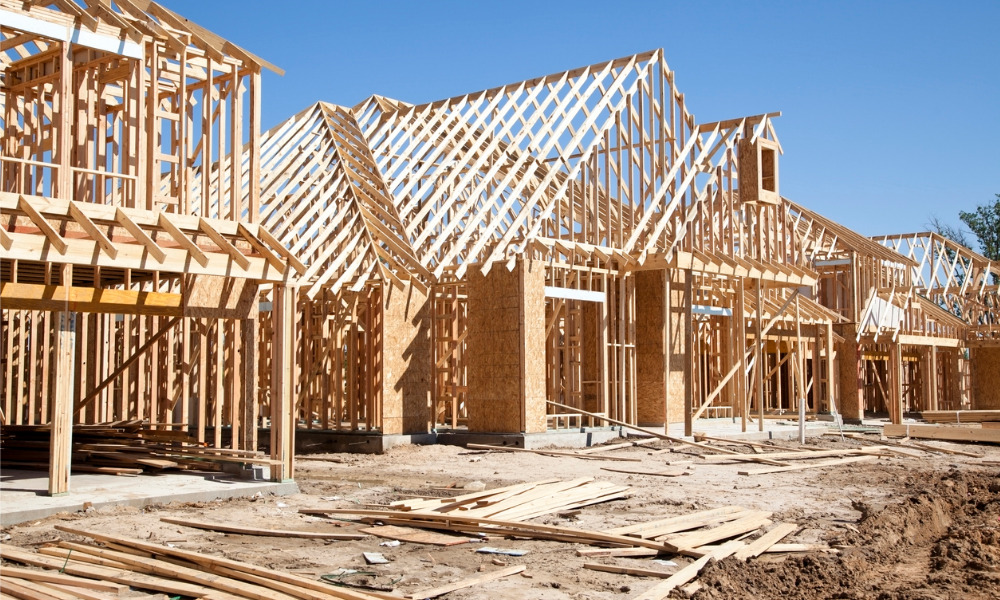Modelling of the housing market shows a nationwide shortfall

Experts said New Zealand is still years away from having enough houses, despite the billions of dollars thrown in by the government, along with new planning rules to address housing shortage.
Housing Minister Megan Woods last week announced funding of $1.4 billion in Auckland to allow the construction of about 16,000 houses. The funding, which came from the $3.8 billion Housing Acceleration Fund, will help build 6,000 Kāinga Ora homes and 10,000 affordable and market homes, as well as develop another 11,000 homes on privately owned adjacent land, over the next five to 16 years.
The new housing densification rules announced last year, meanwhile, would add about 48,200 to 105,500 new homes to the housing stock over the next five to eight years, a PWC analysis estimated.
The funding and planning rules aim to address the severe shortage of housing, but just how many houses are enough?
Jarrod Kerr, Kiwibank chief economist, said his team’s modelling of the housing market showed a nationwide shortfall of 65,000 homes, and that it would take a long time and lots of building to make up that deficit, especially as another 20,000 to 30,000 houses were needed in Auckland alone, Stuff reported.
Read more: Supply chain problems, high costs hit construction industry
“The closed borders during the pandemic and the expected outflow of Kiwis as they open up again does take the pressure off the market a bit. But migrants will return, and that will increase demand again,” Kerr said.
Supply shortage has been one of the key drivers of recent price increases, and as more supply came on to the market it would affect prices.
“But good things take time, and it will be years before the housing shortage is resolved,” Kerr said.
John Tookey, AUT construction professor, said decades of a planning approach that had not supported development had led to Auckland’s massive shortfall. Redressing that, and setting up systems and infrastructure for the successful growth of the city, required further initiatives and more funding, he said.
“Funding like that announced on Thursday is an essential first step towards developing the necessary infrastructure for the future of Auckland,” Tookey told Stuff. “Will it solve the problem in its entirety? No. It’s a step in the right direction, but at the current levels it is little more than a drop in the bucket of what is needed.”
Tony Alexander, independent economist, said how to estimate the extent of the shortfall depended on what was considered a desirable household occupancy rate.
Auckland had an average occupancy rate of 2.94 in 2001, and by 2018, it was 3.15, so to return the city to the 2001 rate, 37,000 new houses would be needed, he said.
“But the occupancy rate across the rest of the country was 2.68 in 2018,” Alexander told Stuff. “It would take 87,000 houses to get Auckland’s rate back to that.”
Alexander said discussion about overbuilding was likely to pick up pace later this year, given the high levels of building in Auckland and the slight decline in the city’s population, with more people expected to head overseas.
“None of this changes the fact we have a fundamental shortage of social housing,” he said. “It makes up less than 4% of our housing stock, compared to an OECD average of 8%. We have also tended to build bigger, more expensive new homes, so we have a significant shortage of entry-level housing for first-home buyers.”
Alexander said that would change over time, particularly with the increased focus on townhouse development.
“Should we go into an oversupply that means more listings and options for first-home buyers,” he told Stuff. “It would allow them to focus less on price, and more on what they wanted in a home.”
Hugh Paveltich, housing affordability campaigner, said pricing trends were the only true measure of scarcity or abundance of houses, so they had to be watched to assess supply.
But there were some positive trends, one of which was the high level of new home consents being issued, he said.
“Nationally, we are now a global leader among developed countries in the consents per 1,000 residents ratio,” Paveltich told Stuff. “New Zealand’s ratio is 9.7, as compared to Australia at 8.3, the United States at 5.6 and England at 3.6.”
Read next: Record-high building consents pile more strain on rising construction costs



